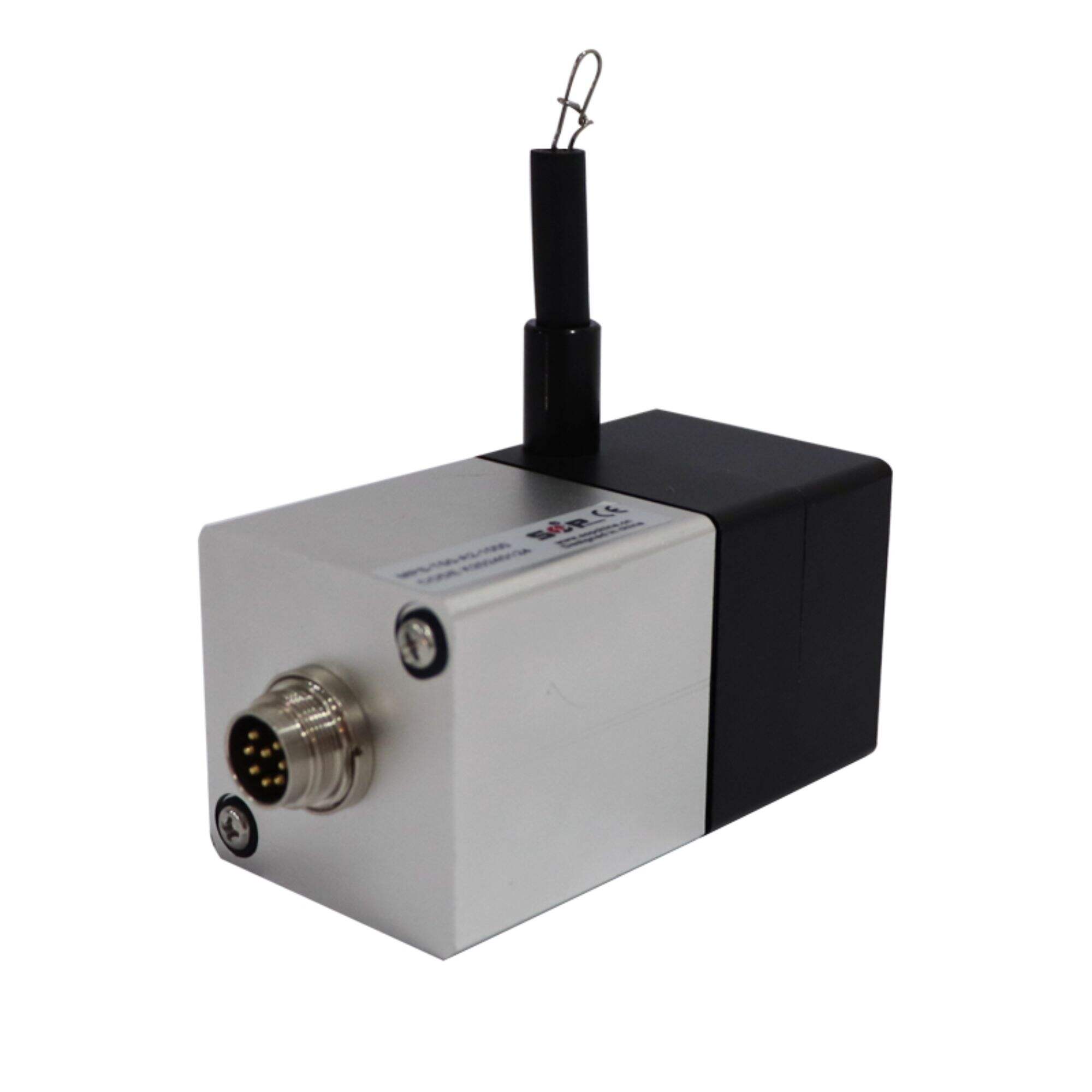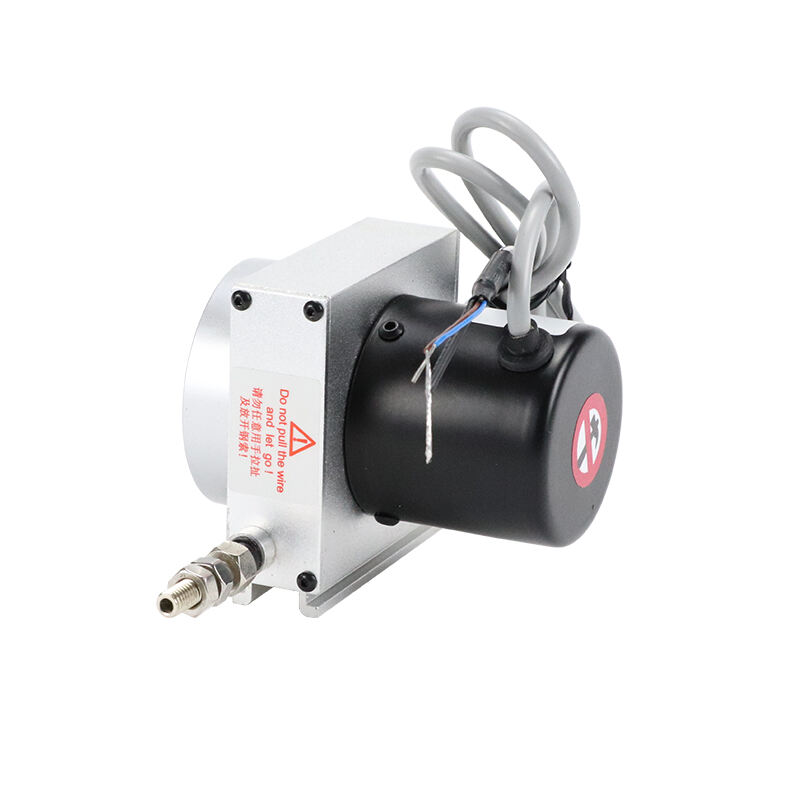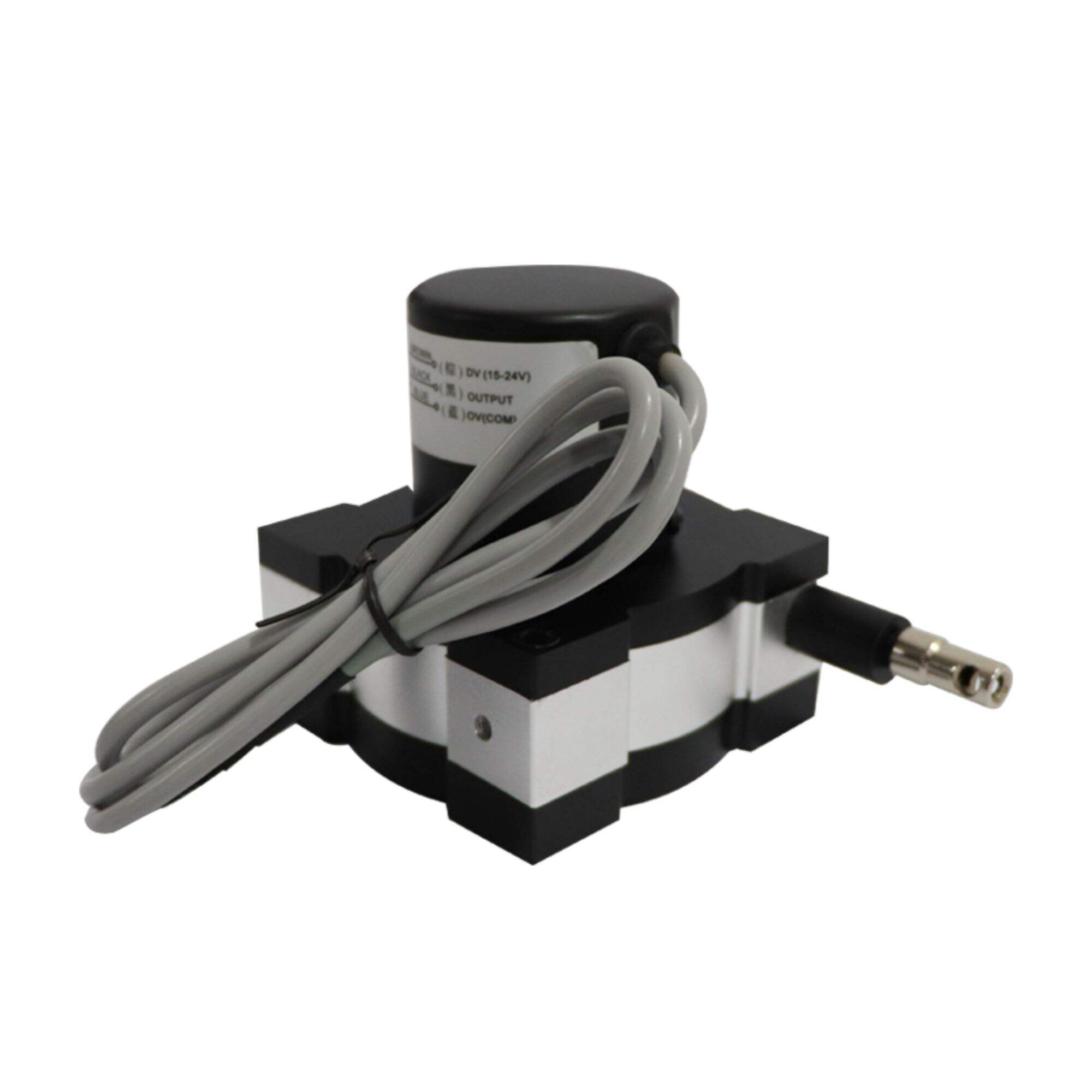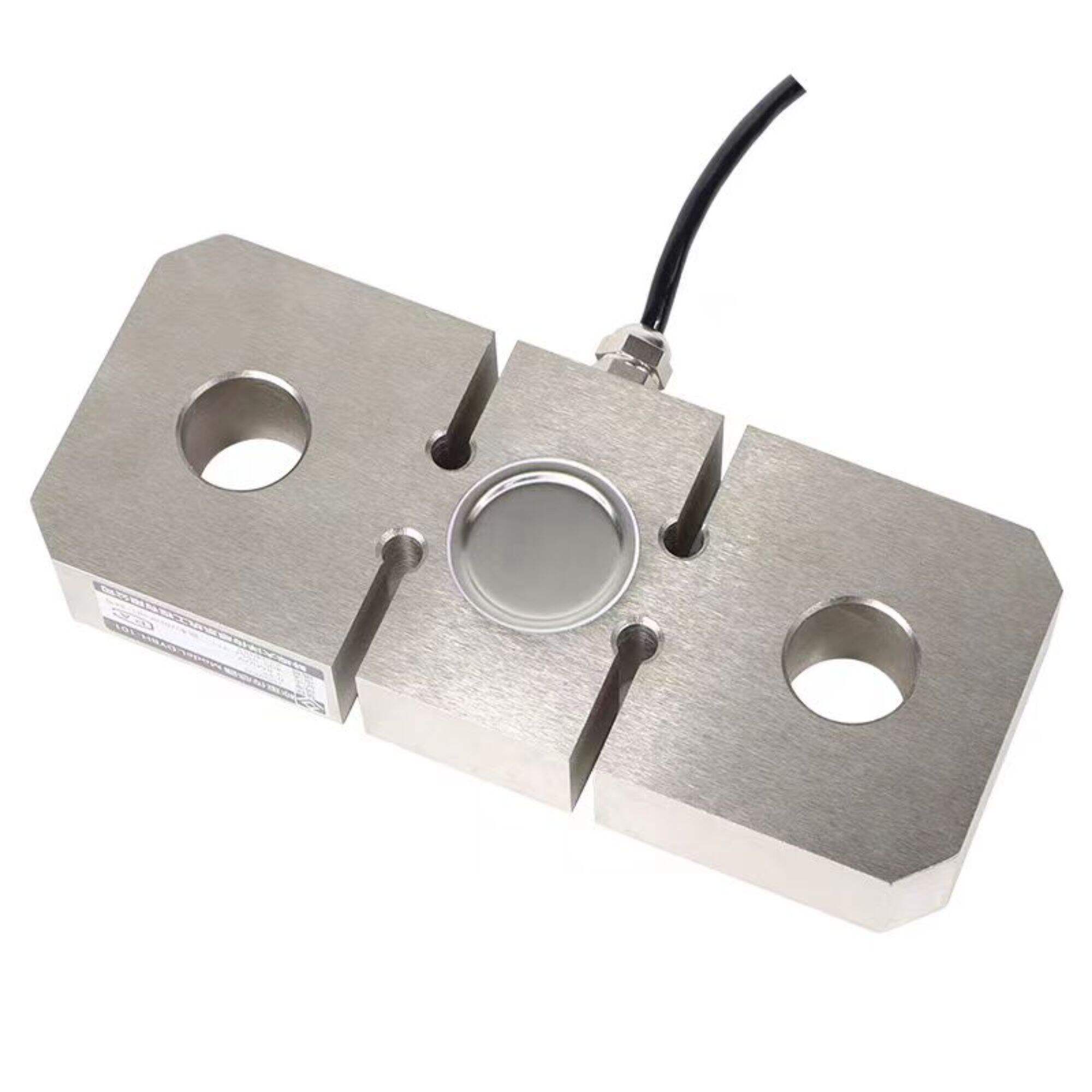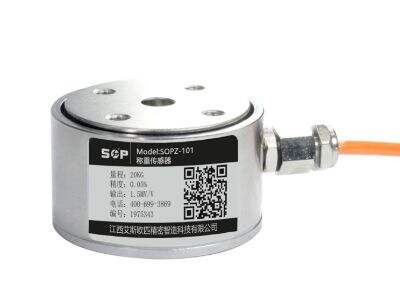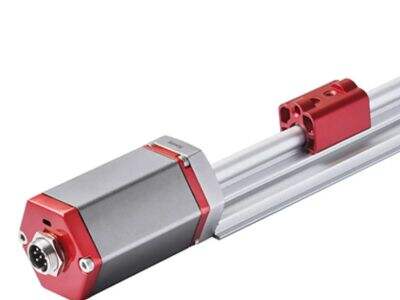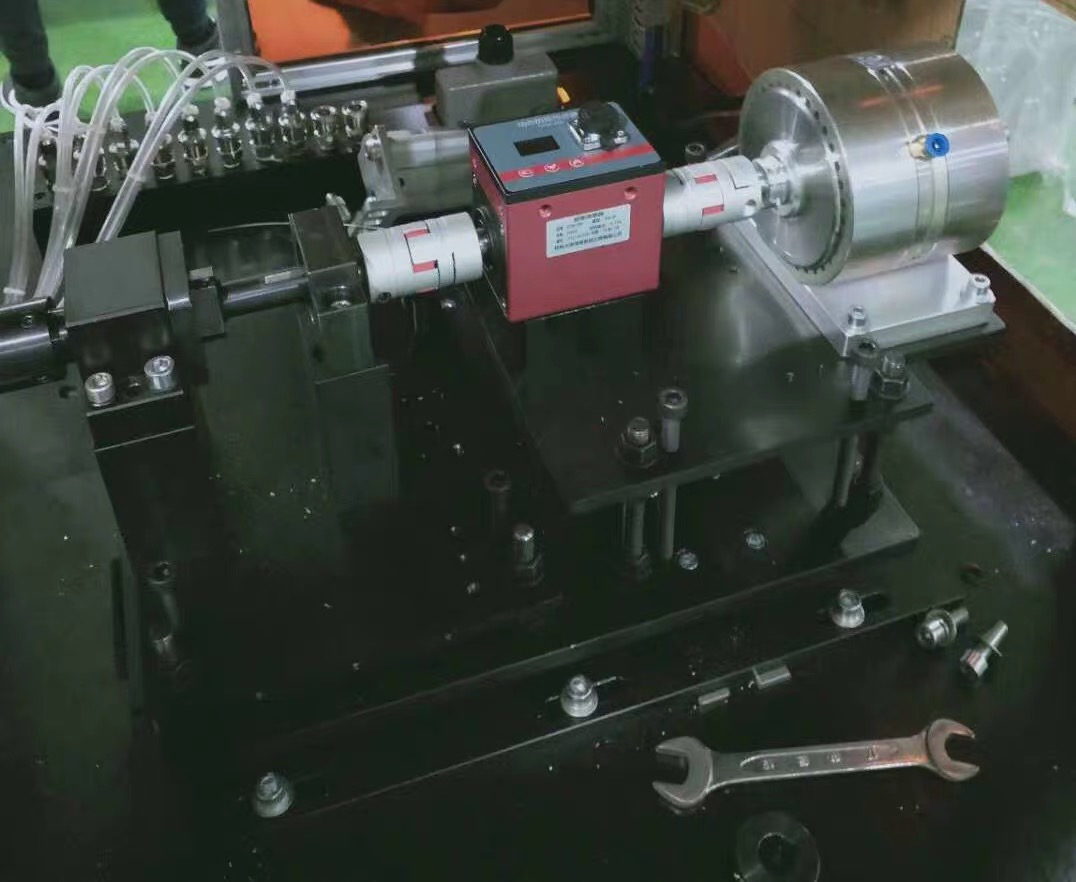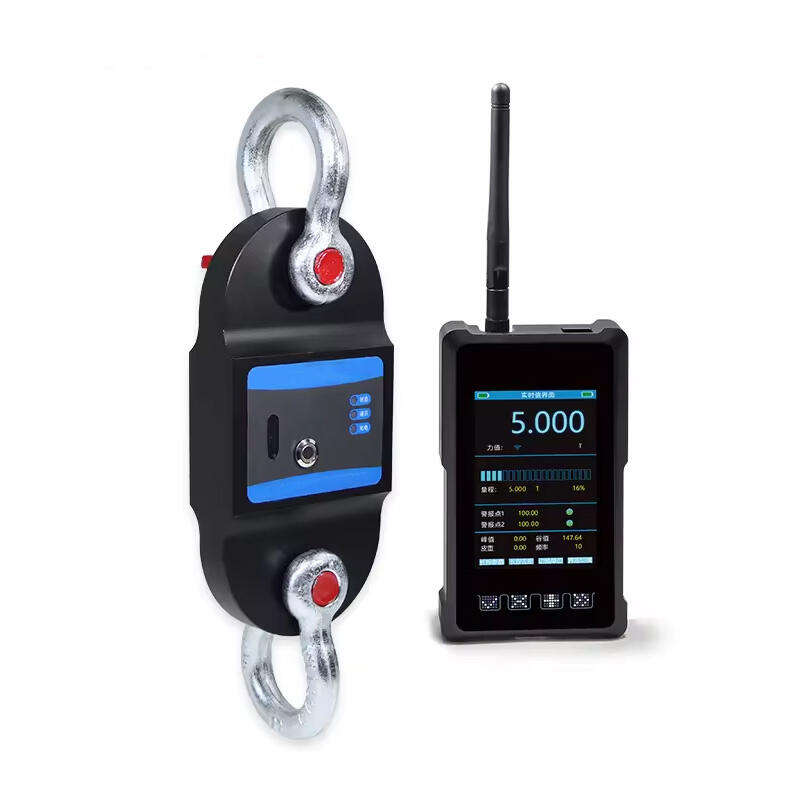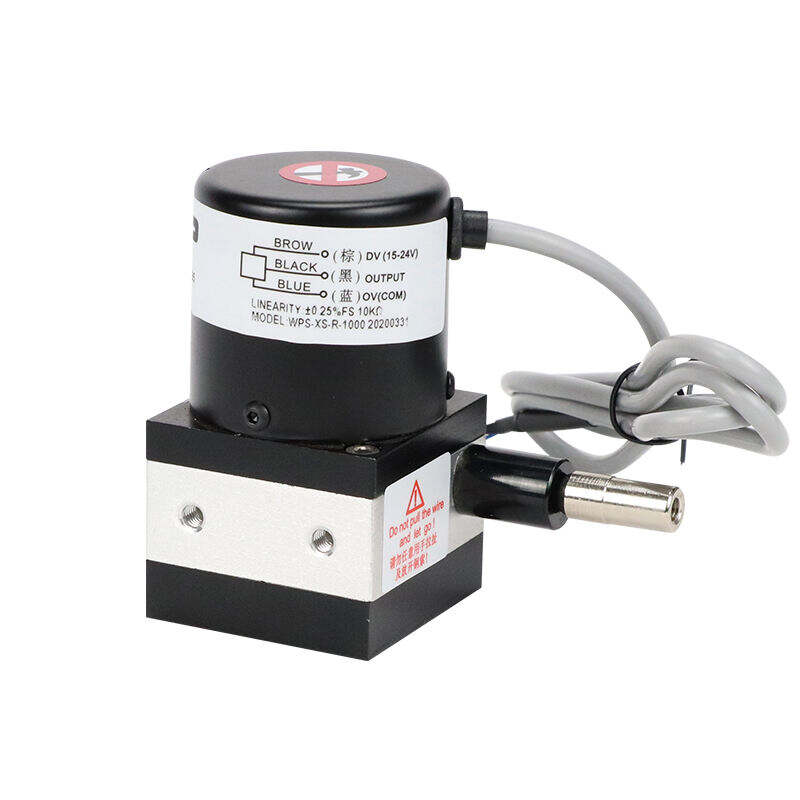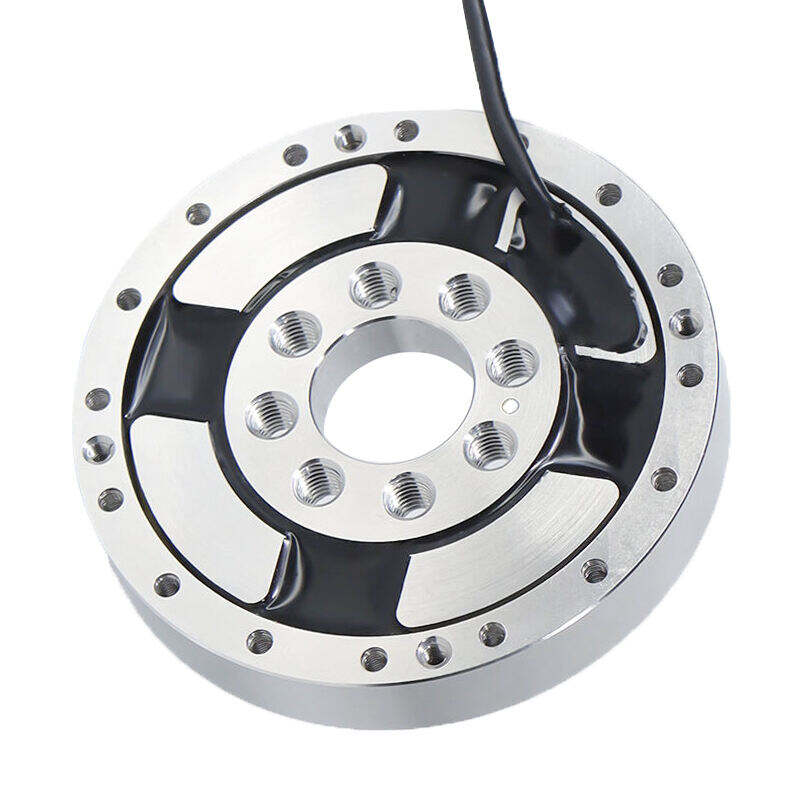linear displacement sensor price
Linear displacement sensor prices vary significantly based on their specifications, quality, and advanced features. These essential measurement devices typically range from $50 for basic models to over $1000 for high-precision industrial variants. The price spectrum reflects the sensor's accuracy, durability, and technological capabilities. Entry-level sensors, often used in automotive and basic manufacturing applications, provide fundamental position measurement at competitive price points. Mid-range options, priced between $200-500, offer enhanced accuracy and reliability suitable for automation and quality control processes. Premium models, while commanding higher prices, deliver superior resolution, faster response times, and advanced features like digital outputs and temperature compensation. The cost also factors in the sensor's measuring range, with longer-range sensors generally commanding higher prices. Environmental protection ratings, such as IP67 certification for dust and water resistance, contribute to pricing variations. Additionally, sensors with integrated signal processing capabilities and multiple output options typically cost more but offer greater versatility and easier integration into existing systems. When considering the price, it's crucial to evaluate the total cost of ownership, including installation requirements, maintenance needs, and expected service life.

